This past Thursday, the election of Cardinal Robert Francis Prevost as Pope Leo XIV broke several unwritten rules of the Catholic Church. He’s the first Supreme Pontiff born in the United States, a country where the news of his appointment was greeted with enormous surprise by Catholics and non-Catholics alike. He may have risen through the ranks in recent days, but, in the U.S., few were previously aware of the existence of a clergyman who has spent most of his career between Peru and Rome.
It was also unexpected to see a cardinal from Chicago sit in the Chair of St. Peter, especially because common sense dictates (or used to dictate) that, in order to avoid upsetting the balance of power, it’s best not to appoint a citizen of the world’s strongest country as head of state of the Vatican, even if, as is the case, he also happens to hold Peruvian citizenship.
Of course, when it comes to breaking unwritten rules, there’s Donald Trump, who, on a daily basis, breaks a few of the rules that have long governed the White House and international relations. And perhaps that’s why among the reasons that led 133 cardinals to choose Prevost in the fourth round of voting was the idea that, to counter the unpredictable U.S. president, it was important to choose someone who not only speaks his language, but who is capable of — as Peggy Noonan wrote in The Wall Street Journal — introducing “general principles of American management” to a Vatican in “a grave financial crisis.”
“We shouldn’t forget that he — as a priest or bishop — hasn’t left much of an impression in the United States either,” warns Catholic writer Michael Heinlein, author of a biography of the influential Chicago Cardinal Francis E. George OMI. He spoke with EL PAÍS via telephone from the Vatican. “For 12 years, Prevost lived in Rome, where he studied. So, he has plenty of experience in the Eternal City. It seems that this influenced his selection. His two decades in Latin America also bring something desirable: a certain missionary creativity at a time when the Church is facing — at least in Europe and parts of North America — a real decline. Leo XIV offers a rather unique mix in that context,” Heinlein affirms.
In the United States, that decline is related to the still-open wounds caused by decades of sexual abuse committed or covered up by cardinals, bishops, priests, missionaries, and nuns. These scandals are deeply rooted in the clergy and began long before the revelations about the Archdiocese of Boston — the country’s largest Catholic city — by the Boston Globe investigative team (a piece of journalism that would later become the 2015 Oscar-winning film Spotlight). But that case did mark the beginning of the end of decades of impunity.
Since then, from Connecticut to New Jersey, and from Oregon to California, dioceses across the country have been embroiled in collective atonement proceedings and lawsuits. These have resulted in prison sentences and millions of dollars in compensation for victims. More than 7,000 religious figures have been accused of abuse in the United States, according to estimates by the independent organization BishopAccountability.org.
The new Pope has faced criticism in Chicago because his order, according to a Chicago Sun-Times investigation, allowed a pedophile priest to live near a Catholic school in 2000, without notifying the public. At the time, Prevost was the provincial prior of the Midwest Augustinians. Recently, accusations have also resurfaced from his time as bishop of the Peruvian Diocese of Chiclayo (a position he held from 2015 to 2023), because he allegedly didn’t do enough to listen to three female victims of abuse. The Dicastery for the Doctrine of the Faith thoroughly studied the allegations and categorically dismissed them.
The scandals within the American Catholic Church have damaged its reputation in a society undergoing an inevitable process of secularization. According to various indicators, around 20% of the population identifies as Catholic, making that faith the second most widespread (after Protestantism) and making the United States the country with the fourth-highest number of Catholics in the world, after Mexico, Brazil, and the Philippines (none of which can boast of having enthroned a pope). According to the Pew Research Center, this percentage has remained more or less stable in the last decade, despite the advance of evangelicals.
Famous converts
That stability is due in part to the growing Hispanic population and also, although its exact impact is difficult to quantify, to the fact that prominent public figures have converted in recent years. Among them are Silicon Valley magnate Peter Thiel and U.S. Vice President J. D. Vance, for example.
If the writer Thomas Merton — a Trappist monk and perhaps the most famous American-based convert of the 20th century — paved the way for a progressive faith, Thiel and Vance represent an ultraconservative movement, which enjoys great strength in the American Catholic Church, an organization that long clashed with Pope Francis.
Vance was one of the last people to see Bergoglio alive in Rome before he died. Meanwhile, Prevost — who is listed in public records as a Republican voter — clashed with the vice president, when Vance asserted on X that the Catholic faith is compatible with the deportation of immigrants. The new Pope responded by reposting an article that contradicted this theory, warning that such an interpretation of Christian love – specifically the concept of ordo amoris – is “wrong.”
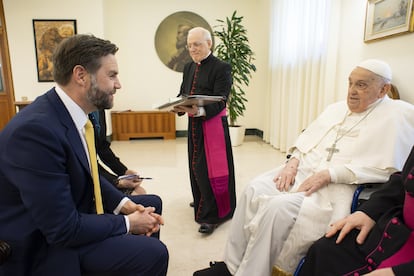
Trump is a Protestant. And, in that respect, he follows the norm: Joe Biden, his predecessor, was the first Catholic president since John F. Kennedy. However, a third of Trump’s cabinet members are Catholic, as are 27% of the members of the House of Representatives and six of the nine Supreme Court justices. And still, these percentages are far from a faithful reflection of the overall religious affiliation of a country that they’re now shaping, especially via Supreme Court decisions. The conservative supermajority of the high court has brought great joy to the more traditional, local variant of Catholicism in recent years, on issues such as abortion and the rise of secularism.
“He has yet to speak for himself. And I think we would be mistaken if we thought he was going to be a mere photocopy of Francis,” Heinlein opines. The expert, however, considers it “obvious” that the greatest points of friction with the Trump administration will have to do with “the issue of immigration.”
For now, the most extreme wing of the Make America Great Again (MAGA) movement has already sharpened its knives. “He is anti-Trump, anti-MAGA, pro-open borders, and a total Marxist like Pope Francis. Catholics don’t have anything good to look forward to,” wrote far-right influencer Laura Loomer on her X account. Once their initial shock had passed, some of the official bulletins of that reactionary universe began to confirm the suspicion that the first American pope would not necessarily be good for the “America First” belief.
Steve Bannon, the ideologue of Trumpism, called the election of Leo XIV the “worst choice for MAGA Catholics,” adding that he considers him to be the result of an “anti-Trump vote.” Curiously, back in April — when very few people were thinking about the Chicagoan — Bannon said that he feared Prevost would emerge victorious from the conclave.
Beyond the tribe of agitators — who are driven more by political positions, rather than religious reasoning — Catholics in the United States are celebrating the election of the new pope. They’re packing churches across the country. Their hope is that Prevost will unite their Church and help it overcome the ongoing crises. How Leo XIV will handle relations both with those leaders — whose views are more conservative than his own — and with the rising Catholic right in Washington is another of the major unknowns that emerged on Thursday with the colossal surprise of his appointment, when all those unwritten rules were broken.
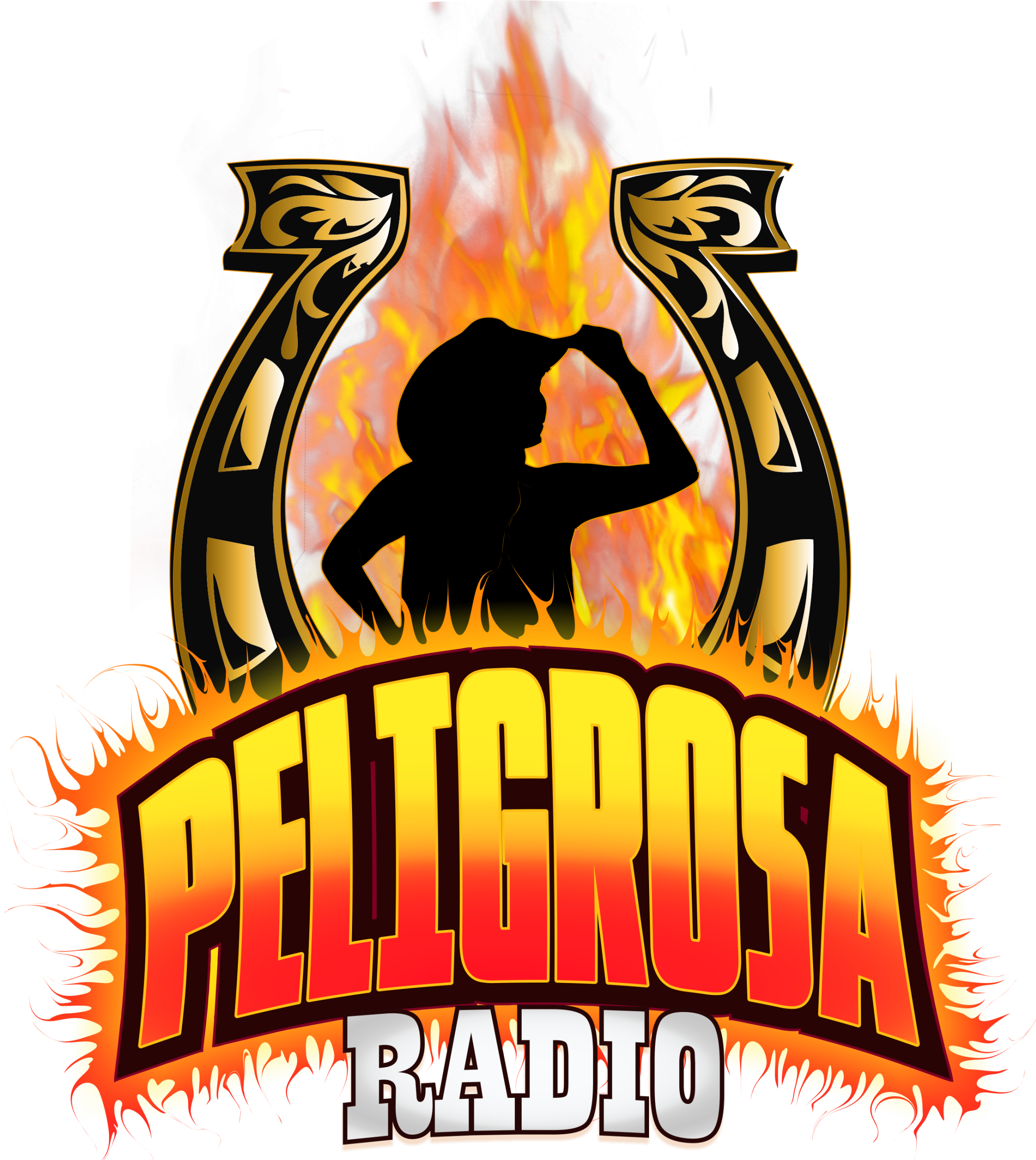
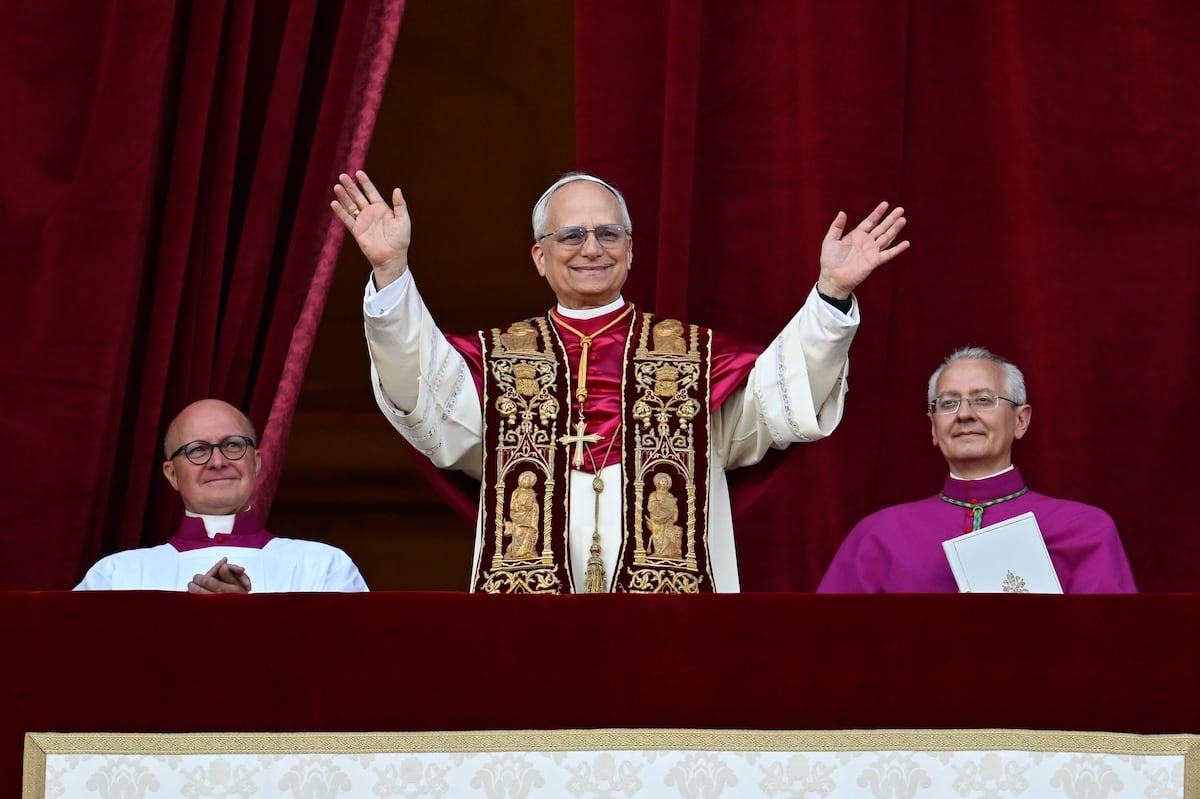
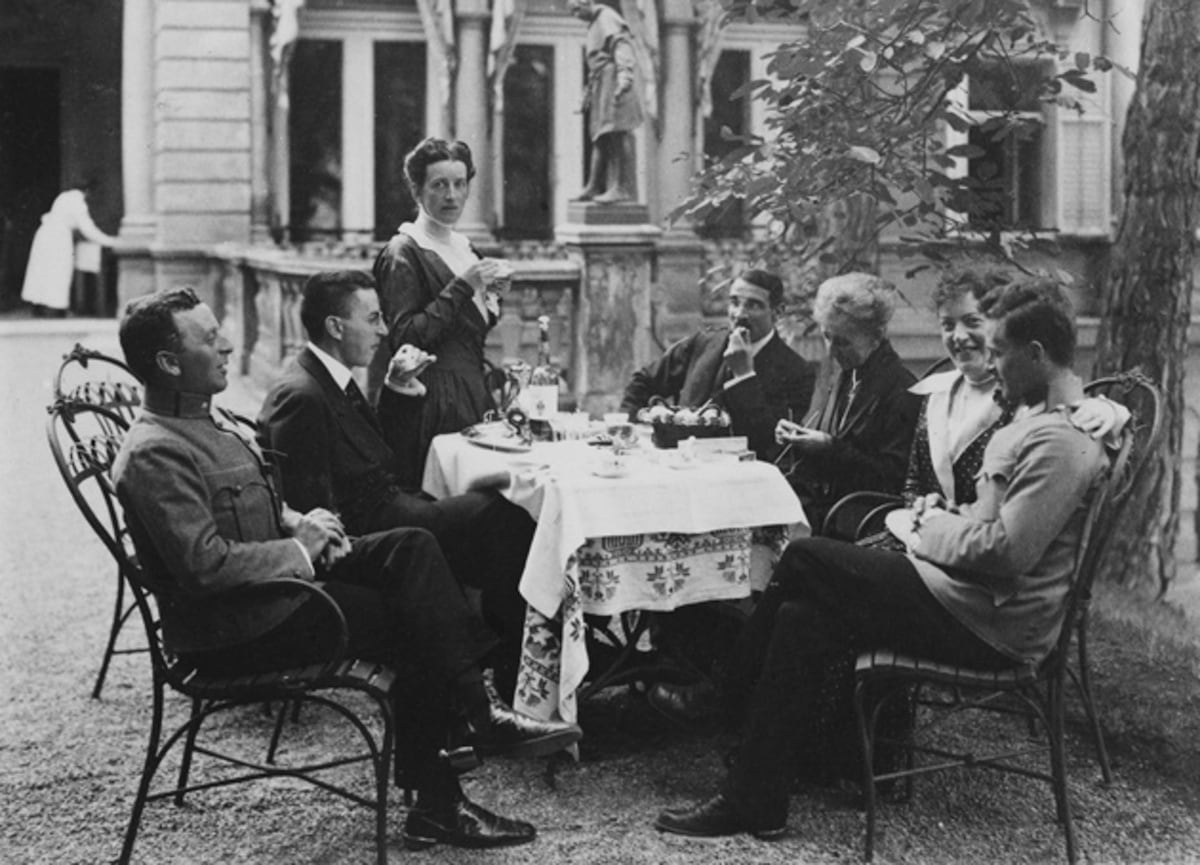

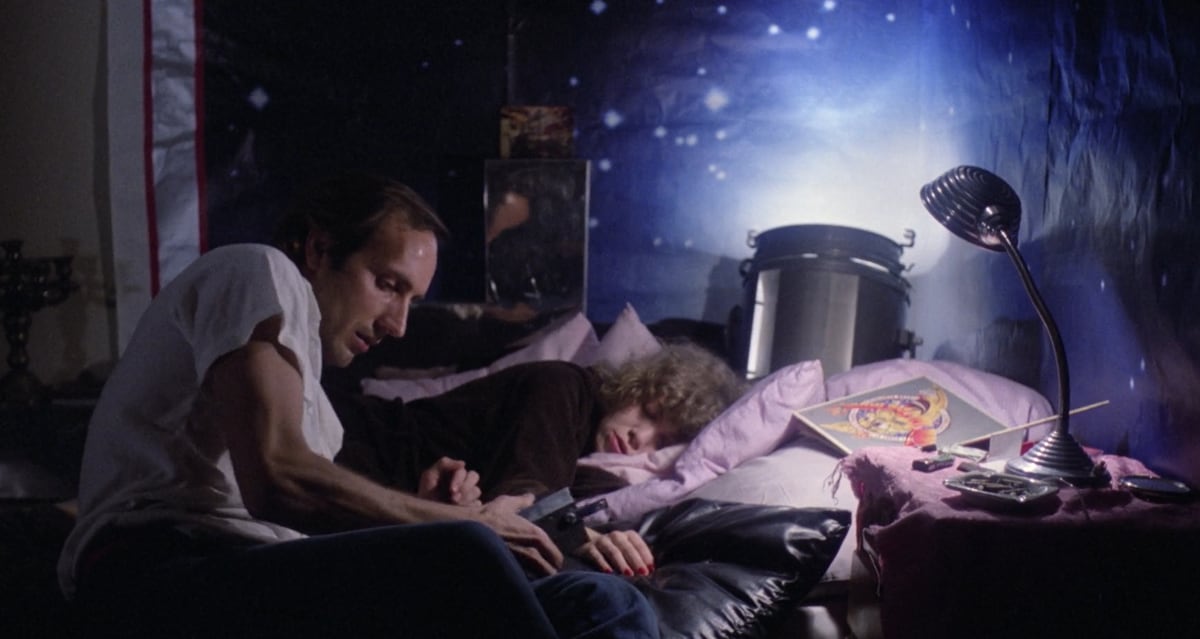

Comentarios